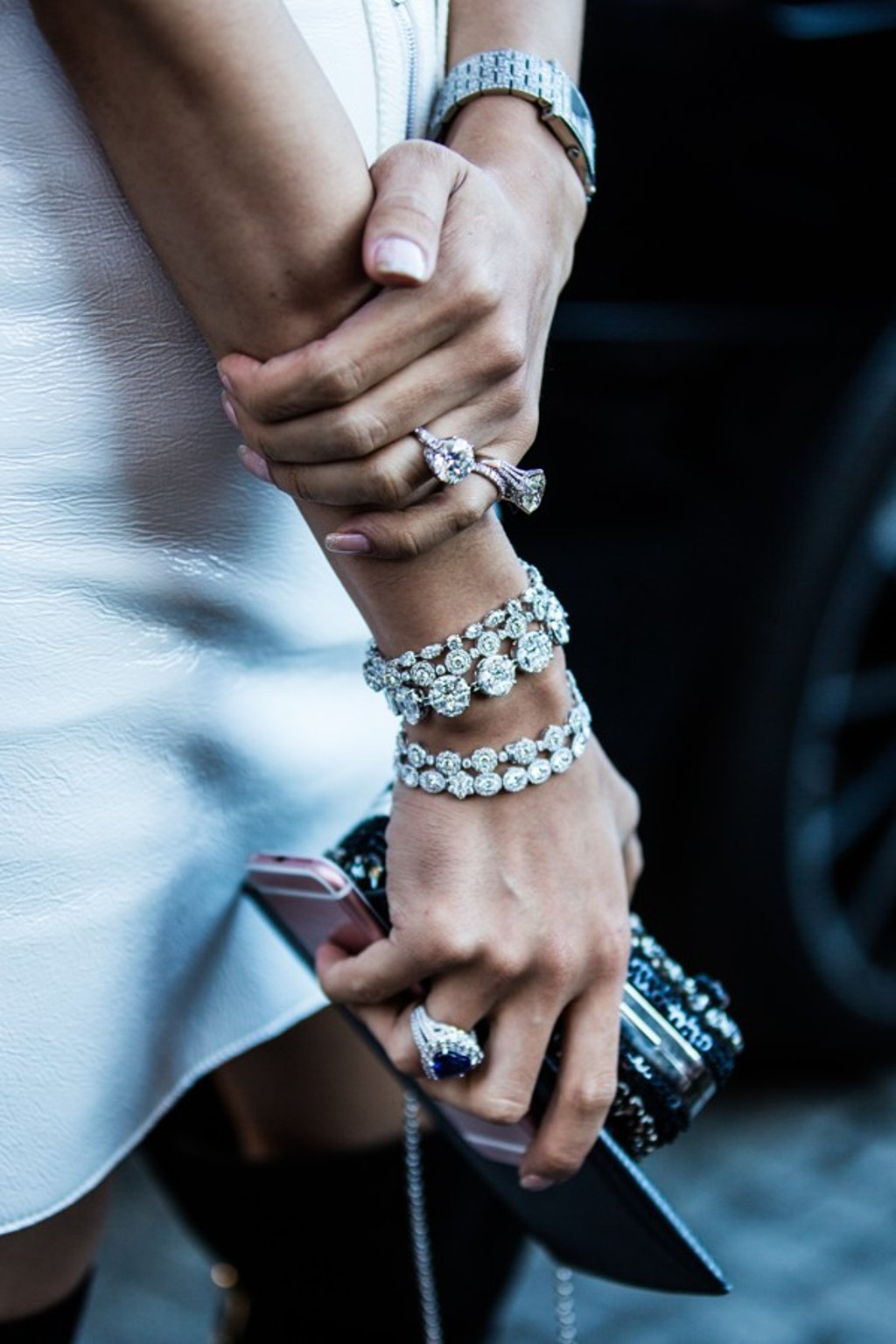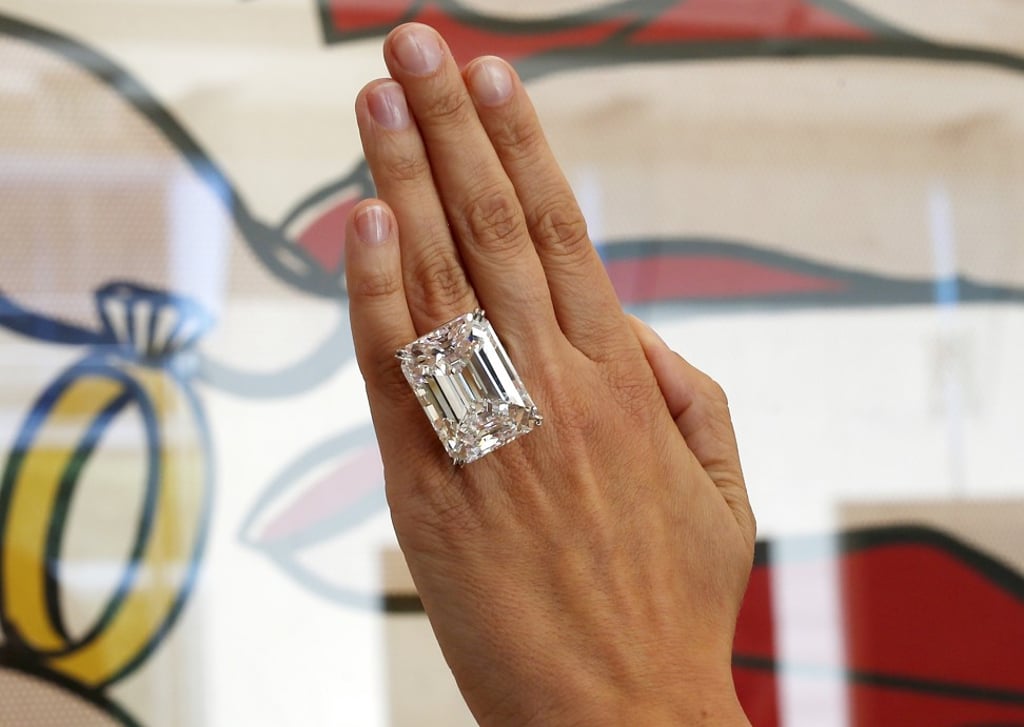Why more women are buying their own diamonds

Traditionally gifted by men, women today are as likely to buy their own jewels for fun, as an investment or to celebrate
Forevermark’s revelation that its coming marketing campaign will target women who buy jewellery for themselves is no coincidence. The strategy is an indication that the diamond market has finally realised the influence women have on consumer spending.
Global diamond sales rose to US$80 billion last year, reversing the slump caused by weaker demand from markets such as China and India, according to industry experts.

More women than ever are working in professional capacities and have a disposable income, and they are spending their hard-earned cash on tangible assets for themselves.
According to Gen Analytics, women control US$20 trillion in consumer spending, or 27 per cent of the world’s wealth amounting to a purchasing power that exceeds the combined gross domestic products (GDP) of India and China.
Women are very conscious when buying jewellery and are involved in the process even when it is a present by their partners
Traditionally gifted by men to their partners, women today are just as likely to buy their own jewels, for fun, as an investment or as a satisfying way to spend a bonus or celebrate a personal event, whether that is a promotion or surviving a serious illness, or even a divorce.

The rise of these so-called self-purchasing women is not new, but increasingly significant. A study by Mintel in 2015 showed that more than half the women surveyed, predominantly professionals over the age of 45 and dubbed the “just becausers”, bought jewellery as a treat, while De Beers’ Insights report last year suggested that self-purchasing by women has increased almost 50 per cent over the past decade with diamond-only, design-driven and responsibly sourced pieces overwhelmingly favoured.
The buying approach of these women takes a meticulous route, led by the attraction of a gemstone followed by design and finally, the cost.
